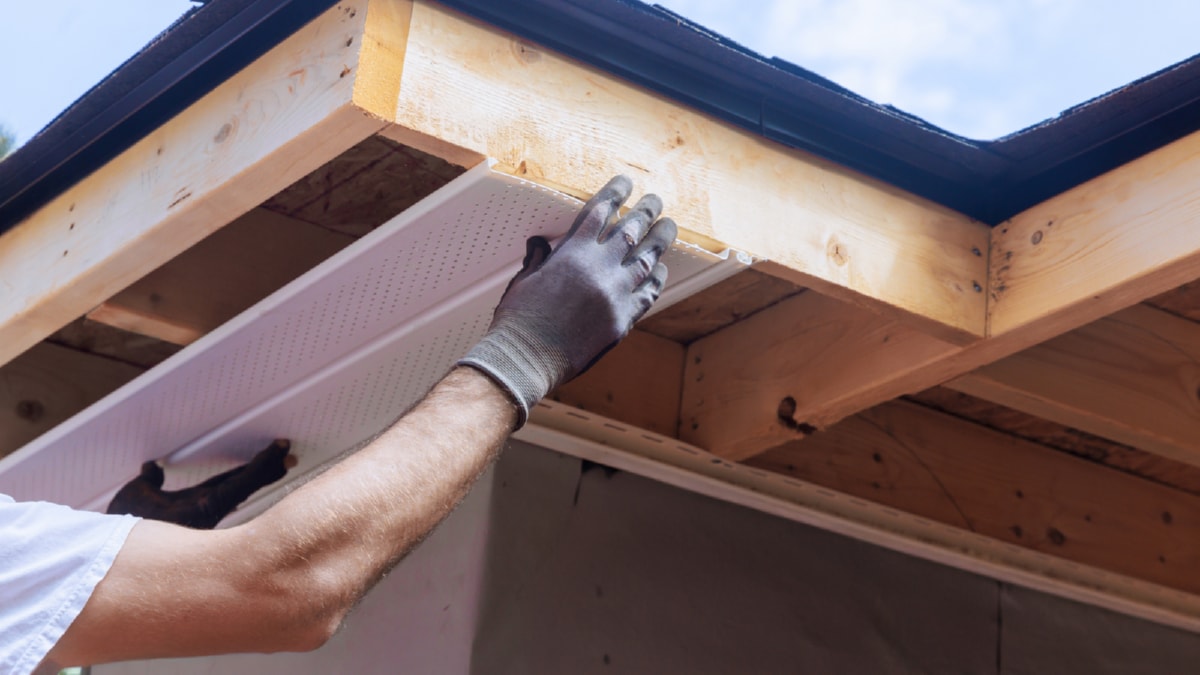The world is rapidly evolving, and with it, the construction industry is also undergoing a significant transformation. With growing awareness and concern for the environment, the construction industry has seen a substantial shift towards more sustainable practices, bringing us to the rise of green building techniques in modern construction.
Green building, also known as sustainable or high-performance building, is an environmentally conscious construction and operation approach. It aims to minimize the environmental impact of buildings through efficiency in the use of materials, water, and energy while maximizing occupant health and productivity. The surge in green building techniques is a response to the increasing global concerns about climate change and the environmental impact of construction.
One of the most prominent green building techniques is the use of sustainable materials. This can be achieved by using recycled or recyclable materials, locally sourced materials to reduce transport emissions, and materials with low embodied energy. These materials not only reduce the environmental impact but also improve the overall performance and longevity of the building.
Efficient use of energy and water is another crucial element of green building. Incorporating renewable energy sources such as solar power, wind energy, or geothermal energy is a popular strategy. Energy-efficient appliances, insulation, and windows are also integral to reducing energy consumption. Moreover, water-saving techniques like rainwater harvesting, greywater recycling, and the use of water-efficient appliances contribute to a building’s sustainability.
The design of the building itself plays a vital role in its environmental impact. Passive design techniques are becoming increasingly mainstream in green construction. These techniques aim to maximize natural light and ventilation, reducing the need for artificial lighting and cooling. Green roofs and walls also contribute to thermal insulation while adding a natural aesthetic and promoting biodiversity.
However, green building is not just about the construction process and materials. It also encompasses the building’s lifecycle, including design, operation, maintenance, renovation, and demolition. This holistic approach ensures sustainability throughout the building’s entire lifespan.
The rise of green building techniques in modern construction is fueled by various factors. These include increased environmental awareness, stricter environmental regulations, and the fact that green buildings often have lower operational costs over time compared to traditional buildings. Additionally, green buildings offer health and productivity benefits, contributing to their increasing demand.
Despite these advantages, green building also poses certain challenges. These include higher upfront costs, lack of awareness and understanding, and the need for specialized skills and techniques. However, with advancements in technology and growing market demand, these barriers are gradually being overcome.
In conclusion, the rise of green building techniques in modern construction is a testament to the industry’s commitment to sustainability. It showcases the potential for construction to be a part of the solution to environmental challenges, rather than part of the problem. While there is still a long way to go, the future of construction looks significantly greener. This paradigm shift towards environmentally responsible construction is not just a trend, but a necessity for sustainable development and a better future for our planet. The rise in green building techniques is a promising sign of a more sustainable and environmentally friendly future in construction.
For more details, check best interlocking services Toronto or visit their business listing here.



